-
 Bitcoin
Bitcoin $106,754.6083
1.33% -
 Ethereum
Ethereum $2,625.8249
3.80% -
 Tether USDt
Tether USDt $1.0001
-0.03% -
 XRP
XRP $2.1891
1.67% -
 BNB
BNB $654.5220
0.66% -
 Solana
Solana $156.9428
7.28% -
 USDC
USDC $0.9998
0.00% -
 Dogecoin
Dogecoin $0.1780
1.14% -
 TRON
TRON $0.2706
-0.16% -
 Cardano
Cardano $0.6470
2.77% -
 Hyperliquid
Hyperliquid $44.6467
10.24% -
 Sui
Sui $3.1128
3.86% -
 Bitcoin Cash
Bitcoin Cash $455.7646
3.00% -
 Chainlink
Chainlink $13.6858
4.08% -
 UNUS SED LEO
UNUS SED LEO $9.2682
0.21% -
 Avalanche
Avalanche $19.7433
3.79% -
 Stellar
Stellar $0.2616
1.64% -
 Toncoin
Toncoin $3.0222
2.19% -
 Shiba Inu
Shiba Inu $0.0...01220
1.49% -
 Hedera
Hedera $0.1580
2.75% -
 Litecoin
Litecoin $87.4964
2.29% -
 Polkadot
Polkadot $3.8958
3.05% -
 Ethena USDe
Ethena USDe $1.0000
-0.04% -
 Monero
Monero $317.2263
0.26% -
 Bitget Token
Bitget Token $4.5985
1.68% -
 Dai
Dai $0.9999
0.00% -
 Pepe
Pepe $0.0...01140
2.44% -
 Uniswap
Uniswap $7.6065
5.29% -
 Pi
Pi $0.6042
-2.00% -
 Aave
Aave $289.6343
6.02%
What is SAFT (Future Token Simple Protocol)?
SAFTs are legally binding contracts offering discounted cryptocurrency token pre-purchases, crucial for early-stage funding but carrying substantial risk. Investors must understand the legal implications and potential for loss before participating.
Mar 14, 2025 at 03:41 am

Key Points:
- SAFTs (Simple Agreement for Future Tokens) are legally binding contracts that allow investors to purchase cryptocurrency tokens before they are publicly available.
- They are primarily used in the early stages of a project's development, often during a pre-ICO or pre-sale phase.
- SAFTs are crucial for projects seeking to raise capital while adhering to securities regulations.
- They offer investors potential early-stage gains but also carry significant risks.
- Understanding the legal and financial implications is paramount before investing in SAFTs.
What is SAFT (Simple Agreement for Future Tokens)?
A SAFT, or Simple Agreement for Future Tokens, is a legally binding contract between a cryptocurrency project and an investor. It outlines the terms under which the investor purchases tokens at a discounted price before the tokens are officially launched or made available to the public. Think of it as a pre-order, but with legally defined terms and conditions related to securities law. This is critical as many tokens are initially considered securities, requiring compliance with relevant regulations.
How do SAFTs work?
The mechanics of a SAFT involve the investor providing capital to the project in exchange for a promise of future tokens. The agreement will specify the number of tokens the investor will receive, the price per token (usually discounted), and the vesting schedule (when the investor can actually access the tokens). These tokens are typically delivered after the project completes certain milestones or after a specific date. The contract clearly defines the rights and obligations of both parties.
Why are SAFTs used?
SAFTs serve a crucial function in the cryptocurrency ecosystem. They allow cryptocurrency projects to raise capital during the early stages of development, often before they have a fully functional product or service. This capital is essential for building the infrastructure, developing the technology, and marketing the project. For investors, SAFTs offer the potential for significant returns if the project is successful, due to the discounted price.
What are the benefits of investing in SAFTs?
The primary benefit is the potential for substantial gains. Investing early, at a discounted price, can yield significant profits if the project's token appreciates in value after its public launch. However, it's crucial to remember that this is speculative and depends entirely on the success of the underlying project. Additionally, SAFTs may offer investors certain rights not available to later token purchasers, like voting rights or access to exclusive community features.
What are the risks of investing in SAFTs?
Investing in SAFTs is inherently risky. The project might fail to deliver on its promises, resulting in a complete loss of investment. The token price might not appreciate as expected, or might even plummet after the public launch. Regulatory uncertainty also plays a significant role; the legal classification of tokens can change, impacting the investor's rights and the value of their investment. Due diligence is absolutely crucial.
How to participate in a SAFT offering?
Participation in a SAFT offering typically involves several steps:
- Research: Thoroughly investigate the project's whitepaper, team, and technology.
- Legal Review: Review the SAFT agreement carefully with legal counsel specializing in securities law and cryptocurrency.
- Due Diligence: Independently verify the information provided by the project.
- Investment: Transfer funds according to the terms specified in the SAFT.
- Token Receipt: Receive tokens according to the vesting schedule defined in the SAFT.
What are the legal considerations of SAFTs?
SAFTs are complex legal instruments. Depending on the jurisdiction, the tokens offered might be considered securities, which are subject to strict regulatory requirements. Investors need to understand the applicable securities laws and ensure that the SAFT complies with them. Non-compliance can lead to legal penalties for both the project and the investors. Consulting legal professionals is highly recommended.
How do SAFTs differ from other investment methods?
Unlike a simple token purchase on an exchange, SAFTs are structured agreements involving a commitment to a project's future success. They carry more risk but also offer higher potential returns compared to buying tokens on a public exchange after their value has already been established. They represent an investment in the early stages of a project, before its market value is fully determined.
What are the key terms in a SAFT?
A SAFT will usually include terms such as:
- Purchase Price: The price per token agreed upon.
- Number of Tokens: The total number of tokens to be purchased.
- Vesting Schedule: The timeline for the release of tokens to the investor.
- Milestones: Specific targets the project needs to meet before token release.
- Representations and Warranties: Statements by the project about its operations and legality.
- Limitations of Liability: Clauses that limit the project's responsibility to the investor.
Common Questions and Answers:
Q: Are SAFTs regulated? A: The regulatory status of SAFTs varies depending on the jurisdiction. In many regions, the tokens offered might be considered securities, requiring compliance with securities laws.
Q: What is a vesting schedule? A: A vesting schedule is a predetermined plan that dictates when an investor can access their purchased tokens. It’s often structured over a period of time, releasing tokens gradually to incentivize long-term commitment.
Q: Are SAFTs a guaranteed investment? A: No, SAFTs are highly speculative investments with significant risk. There's no guarantee of profit, and investors could lose their entire investment if the project fails.
Q: How do I find legitimate SAFT offerings? A: Conduct thorough due diligence on the project team, their technology, and the SAFT agreement itself. Look for reputable legal counsel and financial advisors to help assess the investment's viability.
Q: What's the difference between a SAFT and a private sale? A: While both are pre-public token sales, SAFTs are legally structured to account for potential securities regulations, offering more legal clarity and protection for both the issuer and the investor. Private sales may have less stringent legal frameworks.
Q: Can I sell my SAFT before the tokens are released? A: This is typically not permitted under the terms of a SAFT. The agreement usually restricts the transferability of the SAFT itself until the tokens are released.
Q: What happens if the project fails to meet its milestones? A: The SAFT agreement will outline specific clauses addressing this scenario. It may stipulate a refund, a reduced number of tokens, or other remedies depending on the agreement's specifics. This underscores the importance of careful legal review.
Disclaimer:info@kdj.com
The information provided is not trading advice. kdj.com does not assume any responsibility for any investments made based on the information provided in this article. Cryptocurrencies are highly volatile and it is highly recommended that you invest with caution after thorough research!
If you believe that the content used on this website infringes your copyright, please contact us immediately (info@kdj.com) and we will delete it promptly.
- Riding the Solana Wave: Spot ETFs and Investment Opportunities
- 2025-06-18 22:45:12
- Hedera (HBAR) and 2030 Wealth: A Realistic Outlook
- 2025-06-18 23:05:12
- XRP Lawsuit: Settlement Hopes Rise with Bill Morgan's Insights
- 2025-06-18 23:22:17
- Solaxy Presale: Is This Crypto Explosion the Next Big Thing on Solana?
- 2025-06-18 22:25:13
- Alchemy Pay, Ripple, and RLUSD: A New Era for Crypto Payments?
- 2025-06-18 22:45:12
- QBI Token, AI Fintech, and Cloud Deployment: A New Era in Finance
- 2025-06-18 23:24:19
Related knowledge
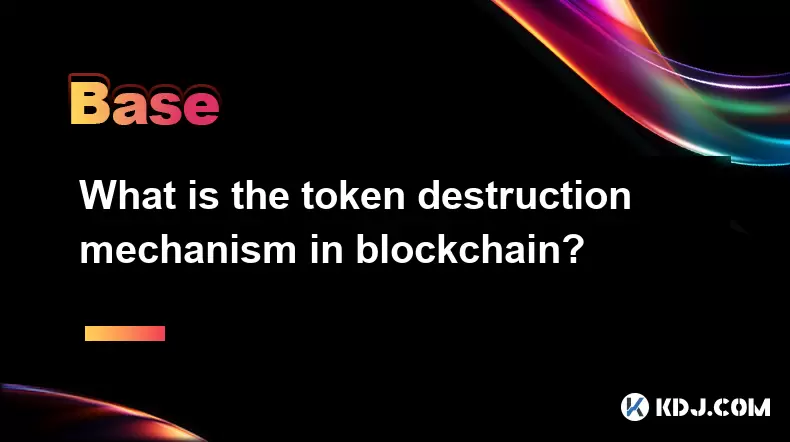
What is the token destruction mechanism in blockchain?
Jun 15,2025 at 12:14pm
Understanding Token Destruction in BlockchainToken destruction, often referred to as token burning, is a mechanism used within blockchain ecosystems to permanently remove a certain number of tokens from circulation. This process typically involves sending tokens to an irretrievable wallet address — commonly known as a burn address or eater address — whi...
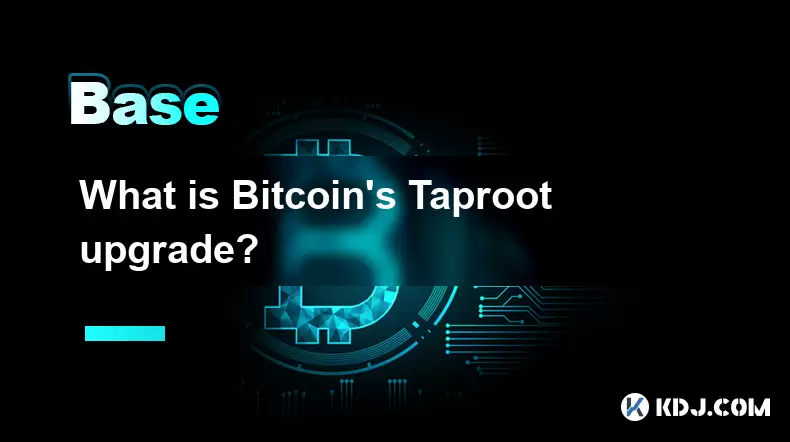
What is Bitcoin's Taproot upgrade?
Jun 14,2025 at 06:21am
Understanding the Basics of Bitcoin's Taproot UpgradeBitcoin's Taproot upgrade is a significant soft fork improvement introduced to enhance privacy, scalability, and smart contract functionality on the Bitcoin network. Activated in November 2021, Taproot represents one of the most notable upgrades since SegWit (Segregated Witness) in 2017. At its core, ...
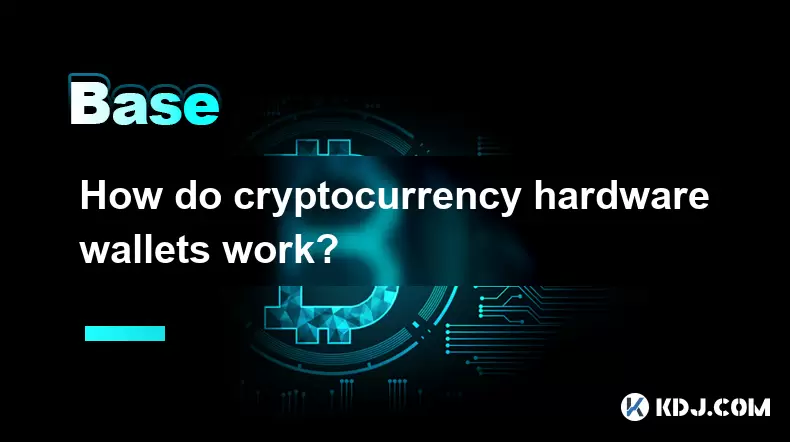
How do cryptocurrency hardware wallets work?
Jun 14,2025 at 11:28am
Understanding the Basics of Cryptocurrency Hardware WalletsCryptocurrency hardware wallets are physical devices designed to securely store users' private keys offline, offering a high level of protection against online threats. Unlike software wallets that remain connected to the internet, hardware wallets keep private keys isolated from potentially com...
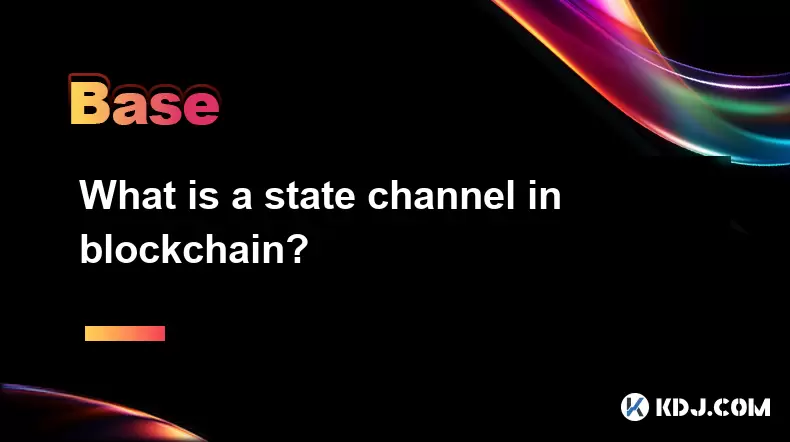
What is a state channel in blockchain?
Jun 18,2025 at 02:42am
Understanding the Concept of a State ChannelA state channel is a mechanism in blockchain technology that enables participants to conduct multiple transactions off-chain while only interacting with the blockchain for opening and closing the channel. This technique enhances scalability by reducing congestion on the main chain, allowing faster and cheaper ...
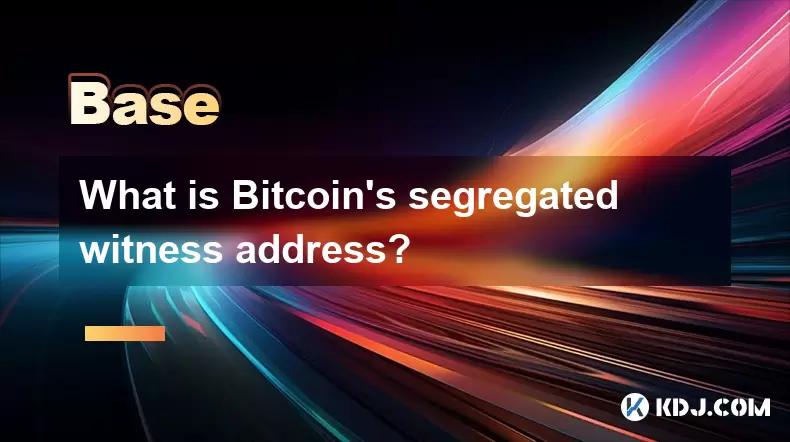
What is Bitcoin's segregated witness address?
Jun 16,2025 at 04:14pm
Understanding the Concept of Segregated Witness (SegWit)Bitcoin's Segregated Witness (SegWit) is a protocol upgrade implemented in 2017 to improve the scalability and efficiency of Bitcoin transactions. SegWit addresses were introduced as part of this upgrade, designed to separate (or 'segregate') signature data from transaction data. This separation al...
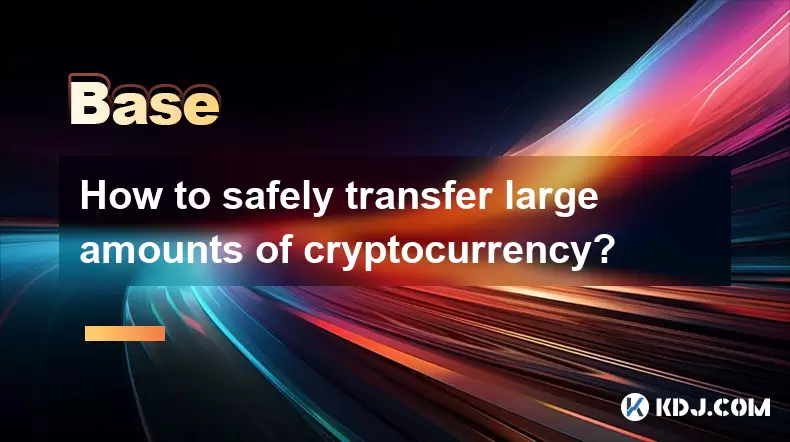
How to safely transfer large amounts of cryptocurrency?
Jun 17,2025 at 03:35pm
Understanding the Risks Involved in Transferring Large AmountsTransferring large amounts of cryptocurrency involves a unique set of risks that differ from regular transactions. The most critical risk is exposure to theft via compromised private keys or phishing attacks. Additionally, network congestion can lead to delayed confirmations, and incorrect wa...

What is the token destruction mechanism in blockchain?
Jun 15,2025 at 12:14pm
Understanding Token Destruction in BlockchainToken destruction, often referred to as token burning, is a mechanism used within blockchain ecosystems to permanently remove a certain number of tokens from circulation. This process typically involves sending tokens to an irretrievable wallet address — commonly known as a burn address or eater address — whi...

What is Bitcoin's Taproot upgrade?
Jun 14,2025 at 06:21am
Understanding the Basics of Bitcoin's Taproot UpgradeBitcoin's Taproot upgrade is a significant soft fork improvement introduced to enhance privacy, scalability, and smart contract functionality on the Bitcoin network. Activated in November 2021, Taproot represents one of the most notable upgrades since SegWit (Segregated Witness) in 2017. At its core, ...

How do cryptocurrency hardware wallets work?
Jun 14,2025 at 11:28am
Understanding the Basics of Cryptocurrency Hardware WalletsCryptocurrency hardware wallets are physical devices designed to securely store users' private keys offline, offering a high level of protection against online threats. Unlike software wallets that remain connected to the internet, hardware wallets keep private keys isolated from potentially com...

What is a state channel in blockchain?
Jun 18,2025 at 02:42am
Understanding the Concept of a State ChannelA state channel is a mechanism in blockchain technology that enables participants to conduct multiple transactions off-chain while only interacting with the blockchain for opening and closing the channel. This technique enhances scalability by reducing congestion on the main chain, allowing faster and cheaper ...

What is Bitcoin's segregated witness address?
Jun 16,2025 at 04:14pm
Understanding the Concept of Segregated Witness (SegWit)Bitcoin's Segregated Witness (SegWit) is a protocol upgrade implemented in 2017 to improve the scalability and efficiency of Bitcoin transactions. SegWit addresses were introduced as part of this upgrade, designed to separate (or 'segregate') signature data from transaction data. This separation al...

How to safely transfer large amounts of cryptocurrency?
Jun 17,2025 at 03:35pm
Understanding the Risks Involved in Transferring Large AmountsTransferring large amounts of cryptocurrency involves a unique set of risks that differ from regular transactions. The most critical risk is exposure to theft via compromised private keys or phishing attacks. Additionally, network congestion can lead to delayed confirmations, and incorrect wa...
See all articles

























































































